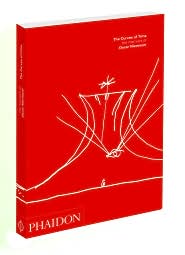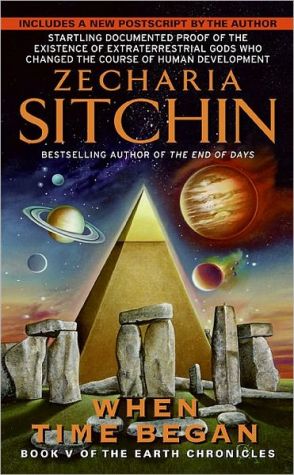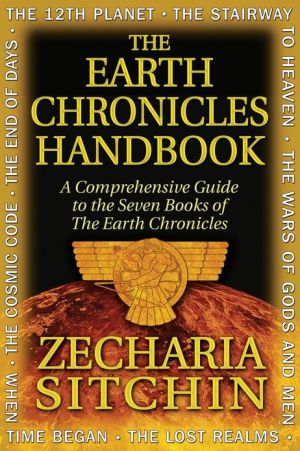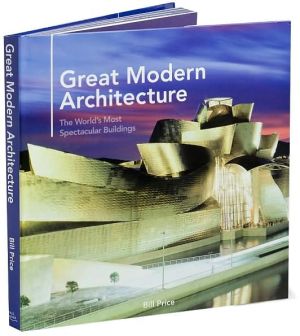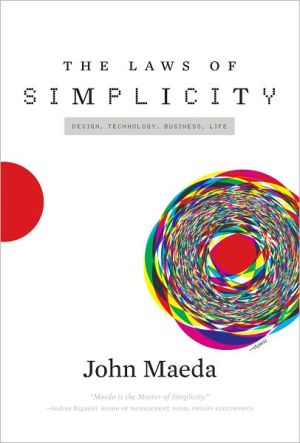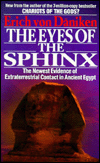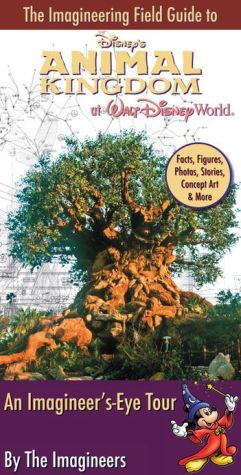Monuments of Afghanistan: History, Archaeology and Architecture
Afghanistan, a country which for generations has inspired writers, travellers and explorers, does not lend itself to easy categorization. Straddling Central Asia, and situated at the edges of the Indian subcontinent and the Middle East, Afghanistan distills elements and characteristics from all three of these regions. For Afghanistan is part of them all—and at the same time a part of none. And, as Warwick Ball shows in this richly illustrated and timely book, herein lies an explanation for...
Search in google:
Afghanistan, a country which for generations has inspired writers, travellers and explorers, does not lend itself to easy categorization. Straddling Central Asia, and situated at the edges of the Indian subcontinent and the Middle East, Afghanistan distills elements and characteristics from all three of these regions. For Afghanistan is part of them all--and at the same time a part of none. And, as Warwick Ball shows in this richly illustrated and timely book, herein lies an explanation for Afghanistan’s allure, its cultural wealth, and ultimately perhaps its tragedy. For it is a country whose complex essence is hard to define, a land which has always taken on aspects from outside, but which remains as stubbornly individualistic as its own mountainous landscape. That challenge posed by its distinct component parts looking in different directions has resulted in multi-layered and sometimes problematic questions of identity.Monuments of Afghanistan is a completely unique and meticulously researched guide to the history and background of this fascinating country. It provides broad summaries of the history, architecture and archaeology of the region, together with a gazetteer of the main monuments and archaeological sites. As Warwick Ball shows, no history of China, Persia, India or Russia can be understood without continual reference to the landlocked area at whose center lies the majestic deserts and sweeping mountain ranges. Afghanistan has always seemed to be the enigmatic key to the histories and destinies of others. Even today large tracts of this remarkable country remain unexplored and unknown. There is therefore a need for a book which describes and reveals its hidden treasures for the general reader and students. The Monuments of Afghanistan--which contains 150 color plates of such extraordinary artifacts as the 38 meter Bamiyan Buddha (notoriously destroyed by the Taliban), the Minaret of Mas’ud at Ghazni, the Iron Age citadel at Kandahar, the mausoleum at Kuhsan and the Minaret of Jam--meets that requirement. Yet there is a further reason why the appearance of this book is so significant. Twenty years of fighting and instability have taken their toll on the immense Afghan cultural legacy. Destruction of the Bamiyan statues was merely the most public casualty among many others. This book chronicles and illustrates all of the major (and many lesser known) monuments and buildings that have been lost or damaged. Based on this extraordinary collection of photographs taken before the destruction in Afghanistan, the book captures the memory of a heritage under threat. There is a pressing need for this record of all the buildings--whether now lost, or still surviving--in their entirety, and which testifies in photographic form to their dignity and beauty. The Monuments of Afghanistan represents, above all, an enduring and poignant memorial to a culture built in one of the most extraordinary and transporting landscapes on earth.
List of platesList of figuresKey to figuresNotes on transliterationAuthors noteChronology1 Introduction 2The land 6The people 252 The Historical Background 40Prehistory and Bronze Age civilisations 42Iron Age and the Iranians 50Alexander and the establishment of Greek Bactria 59Nomad invasions and the Kushan Empire 71The Turk Empire and last flowering of Gandharan art 82The early Islamic period 88The later Islamic period 943 The Architectural Background 100Groundwork: Bronze Age beginnings 100Culminating traditions: Iron Age developments 102Convergent traditions: Hellenisrism from the West, Buddhism from the East 104Greek, Roman, Buddhist: the art of Gandhara 111Formation of the new and transformation of the old : the architecture of Islam 1164 The Discovery of Afghanistan 122Greeks bearing gifts 122Pilgrims of the Middle Way 125Exotic imagery and the first Muslims 128The European re-awakening 129Arcadia found: the first Mogul 130Soldiers, charlatans and scholars 132Players in the Great Game 134Advance of the archaeologists 137Road to Katmandu and road to ruin 1395 Gazetteer of Main Sites and Monuments 146Glossary 277Bibliography 279Index 294


